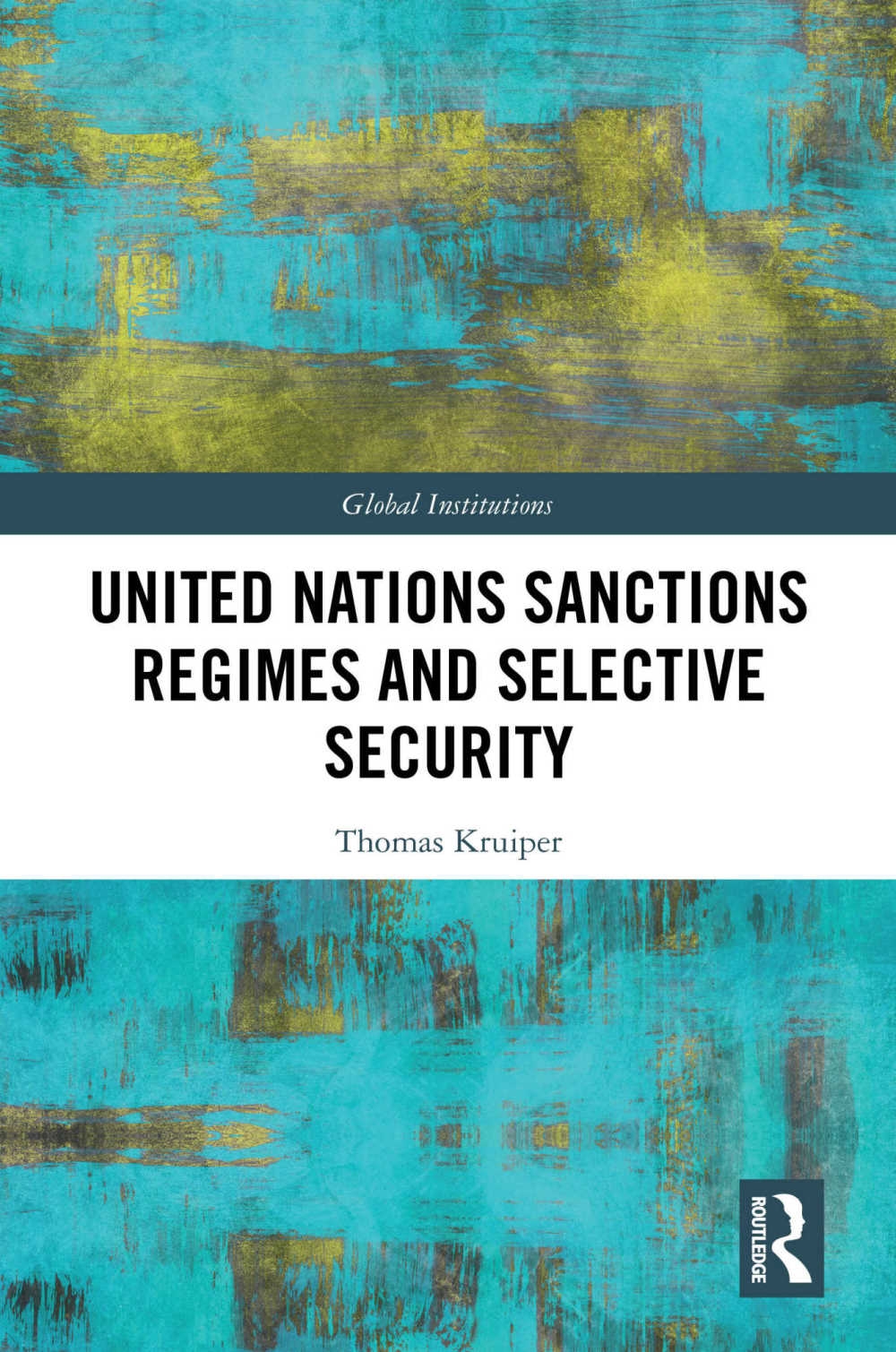This book investigates the selective nature of UN sanctions regimes with a specific focus on the post-Cold War era. Legally binding on all members, UN sanctions are the most effective and legitimate non-violent multilateral tools to respond to international security threats. They are also symbolically more powerful than unilateral or multilateral sanctions because they enjoy global support. However, while dozens of threats to international peace were met with UN sanctions since 1990, many others were not. How can we explain this incoherent approach? With a focus on the selectiveness, rather than effectiveness of UN sanctions the author reflects on the shifting geopolitical tensions between Security Council members and uses a variety of widely used academic datasets to provide a unique overview of what determines sanctions and sanctionable events. The primary audience will be scholars and students of international relations, international organizations, security studies, and political economy.
| FindBook |
有 1 項符合
United Nations Sanctions Regimes and Selective Security的圖書 |
 |
United Nations Sanctions Regimes and Selective Security 作者:Kruiper 出版社:Routledge 出版日期:2024-04-17 語言:英文 規格:精裝 / 240頁 / 普通級/ 初版 |
| 圖書館借閱 |
| 國家圖書館 | 全國圖書書目資訊網 | 國立公共資訊圖書館 | 電子書服務平台 | MetaCat 跨館整合查詢 |
| 臺北市立圖書館 | 新北市立圖書館 | 基隆市公共圖書館 | 桃園市立圖書館 | 新竹縣公共圖書館 |
| 苗栗縣立圖書館 | 臺中市立圖書館 | 彰化縣公共圖書館 | 南投縣文化局 | 雲林縣公共圖書館 |
| 嘉義縣圖書館 | 臺南市立圖書館 | 高雄市立圖書館 | 屏東縣公共圖書館 | 宜蘭縣公共圖書館 |
| 花蓮縣文化局 | 臺東縣文化處 |
|
|
圖書介紹 - 資料來源:博客來 評分:
圖書名稱:United Nations Sanctions Regimes and Selective Security
|










